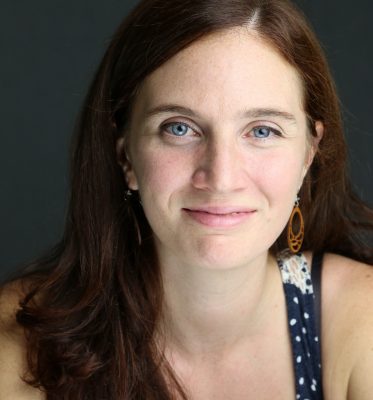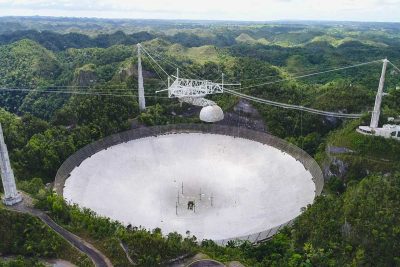The University of Connecticut, Department of Physics, is proud to announce that on September 23, 2022, Professor Donna Strickland of the Department of Physics and Astronomy at the University of Waterloo will be presenting the 2020 Distinguished Katzenstein Lecture.  Prof. Strickland is one of the recipients of the 2018 Nobel Prize in Physics for developing chirped pulse amplification with Gérard Mourou, her PhD supervisor. They published this Nobel-winning research in 1985 when Strickland was a PhD student at the University of Rochester in New York State. Together they paved the way for the most intense laser pulses ever created. The research has several applications today in industry and medicine, including the cutting of a patient’s cornea in laser eye surgery and the machining of small glass parts for use in cell phones.
Prof. Strickland is one of the recipients of the 2018 Nobel Prize in Physics for developing chirped pulse amplification with Gérard Mourou, her PhD supervisor. They published this Nobel-winning research in 1985 when Strickland was a PhD student at the University of Rochester in New York State. Together they paved the way for the most intense laser pulses ever created. The research has several applications today in industry and medicine, including the cutting of a patient’s cornea in laser eye surgery and the machining of small glass parts for use in cell phones.
Prof. Strickland earned a Bachelor in Engineering from McMaster University and a PhD in optics from the University of Rochester. She was a research associate at the National Research Council Canada, a physicist at Lawrence Livermore National Laboratory, and a member of technical staff at Princeton University. In 1997, she joined the University of Waterloo, where her ultrafast laser group develops high-intensity laser systems for nonlinear optics investigations. She is a recipient of a Sloan Research Fellowship, the Ontario Premier’s Research Excellence Award, and a Cottrell Scholar Award. She received the Rochester Distinguished Scholar Award and the Eastman Medal from the University of Rochester.
Prof. Strickland served as the president of the Optical Society (OSA) in 2013 and is a fellow of OSA, the Royal Society of Canada, and SPIE (International Society for Optics and Photonics). She is an honorary fellow of the Canadian Academy of Engineering and the Institute of Physics. She received the Golden Plate Award from the Academy of Achievement, is in the International Women’s Forum Hall of Fame, and holds numerous honorary doctorates.
 The James Webb Space Telescope released its first science observations on July 12 with much fanfare and excitement across the globe. UConn Physics Professor Jonathan Trump is part of the Cosmic Evolution Early Release Science collaboration that was awarded some of the first observations on the transformative new space telescope.
The James Webb Space Telescope released its first science observations on July 12 with much fanfare and excitement across the globe. UConn Physics Professor Jonathan Trump is part of the Cosmic Evolution Early Release Science collaboration that was awarded some of the first observations on the transformative new space telescope. Prof. Strickland is one of the recipients of the 2018 Nobel Prize in Physics for developing
Prof. Strickland is one of the recipients of the 2018 Nobel Prize in Physics for developing  Professor Cara Battersby has been awarded an NSF CAREER grant! “
Professor Cara Battersby has been awarded an NSF CAREER grant! “